Eucosma conterminana
(Guenée, [1845])
-
 Subfamily: Olethreutinae, Eucosmini
Subfamily: Olethreutinae, Eucosmini -
 Wingspan: 14-18 mm
Wingspan: 14-18 mm -
 Flight period: Jun - Jul
Flight period: Jun - Jul -
 Spread: Common
Spread: Common -
 Host plants: Lactuca sp., Sonchus oleraceus
Host plants: Lactuca sp., Sonchus oleraceus
Information
The Eucosma conterminana is a moth of the Tortricidae family with a wingspan of 15-19 mm.
It is quite common and is distributed throughout most of Europe, in fact it's absent only from Portugal, Ireland, Croatia, Iceland and Ukraine. *
Its range extends to the Trans-Caucasus, Kazakhstan, Asia Minor, Central Asia up to southern Siberia, China and Mongolia. *****
In Italy it is absent from the islands. *
The front wings of the Eucosma conterminana have no rib fold, have a pale ocher white background, slightly suffused with brown.
Mixed yellowish brown spots or streaked with darker brown are also visible. Basal and sub-basal bands that form a diffuse basal spot.
The outer edge is well defined dorsally, particularly angled above the central area, the median band is poorly defined costally, confluent with the widespread pretornal marking. ***
The subterminal band is indeterminate with sub-square ocellus, laterally bordered with pale gold or metallic silvery and containing two or three fragmented black dashes.
The cilia are gray / whitish color sprinkled with ocher shaded in the basal region and brown in the apical region.
The costa is marked along the entire length with evident brownish brown streaks. ***, *****
The hind wings are gray with ocher-white cilia and dark sub-basal and sub-apical lines. ***,*****
Moths fly in July and August. Each female lays a total of about 70-80 eggs, singly or in groups of two to six.
The eggs are found on the flower heads of the host plant. After 8-10 days the eggs hatch and the young larva lives in the flower heads, producing very few silk threads
and feeding sometimes partially exposed. ***,****
It subsequently digs into the heads of developing seeds and feeds on the ovaries.
When fully fed, the larva descends to the ground and builds a cocoon in which it overwinters until the following spring.
The pupa is visible in June. ***,****
The egg is ovodial-lenticular, white, which becomes coral red two or three days after oviposition.
the eggs are deposited singly or in groups of two to six on the bracts of a flower head.
The larva has a black or brown head, a brown prothoracic plate; abdomen yellowish brown to reddish brown, paler ventrally.
Weakly sclerotic anal plaque. **,*****
The pupa is yellowish brown in color and is found in a dense cocoon of silk spun in the ground or under the surface litter. ***,****,*****
The host plants are some belonging to Asteraceae and in particular Lactuca virosa, Lactuca serriola and cultivated lettuce, Lactuca scariola and Sonchus oleraceus.
* Lepidoptera mundi https://lepidoptera.eu/ - Fauna Europea https://fauna-eu.org/
** Bestimmungshilfe für die in Europa nachgewiesenen Schmetterlingsarten - http://lepiforum.de/
*** (Bradley et al., 1979)
**** (Bovey, 1966)
***** Eurasian Tortricidae 2.0 - https://eurasian-tortricidae.linnaeus.naturalis.nl/
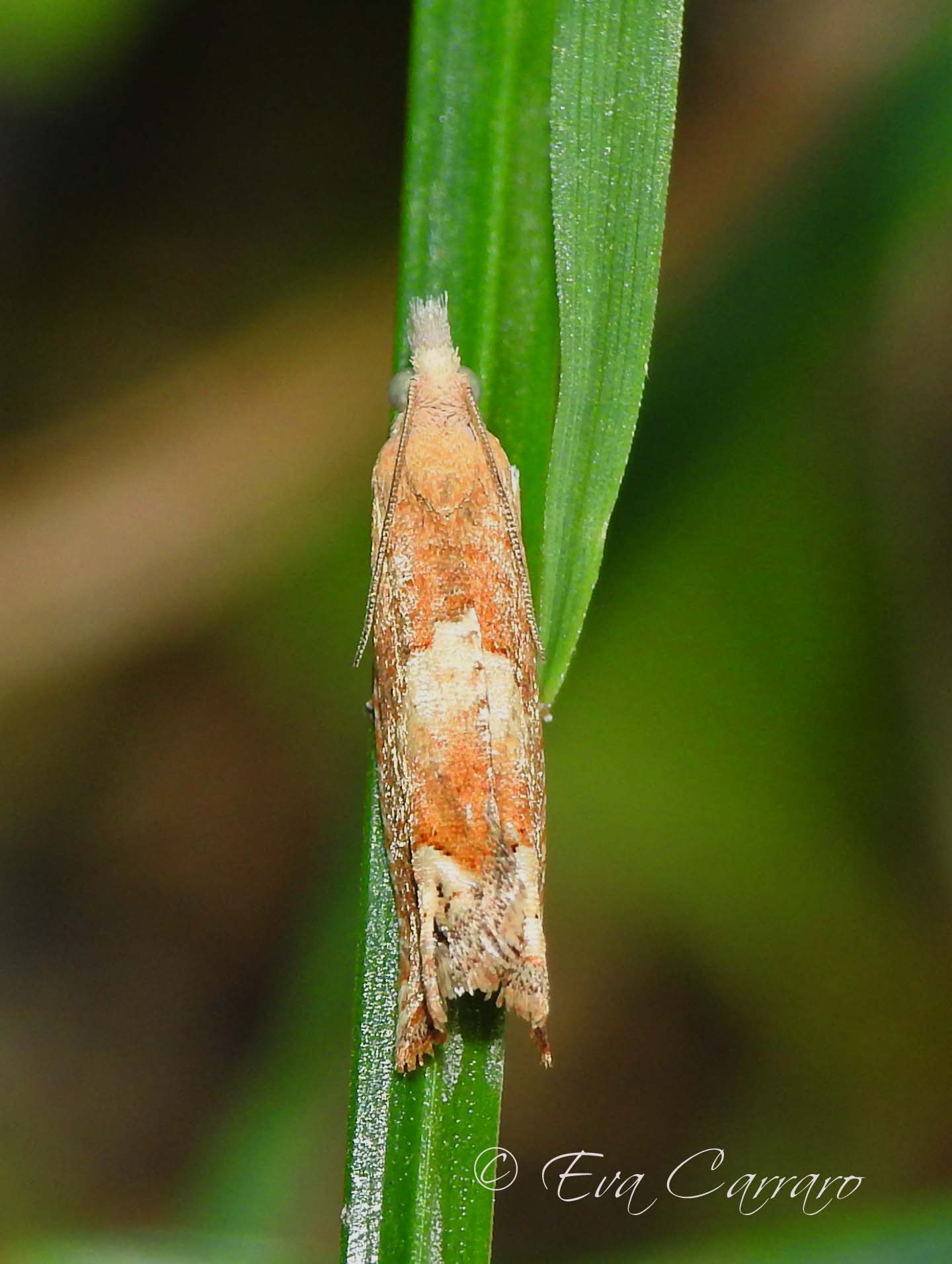
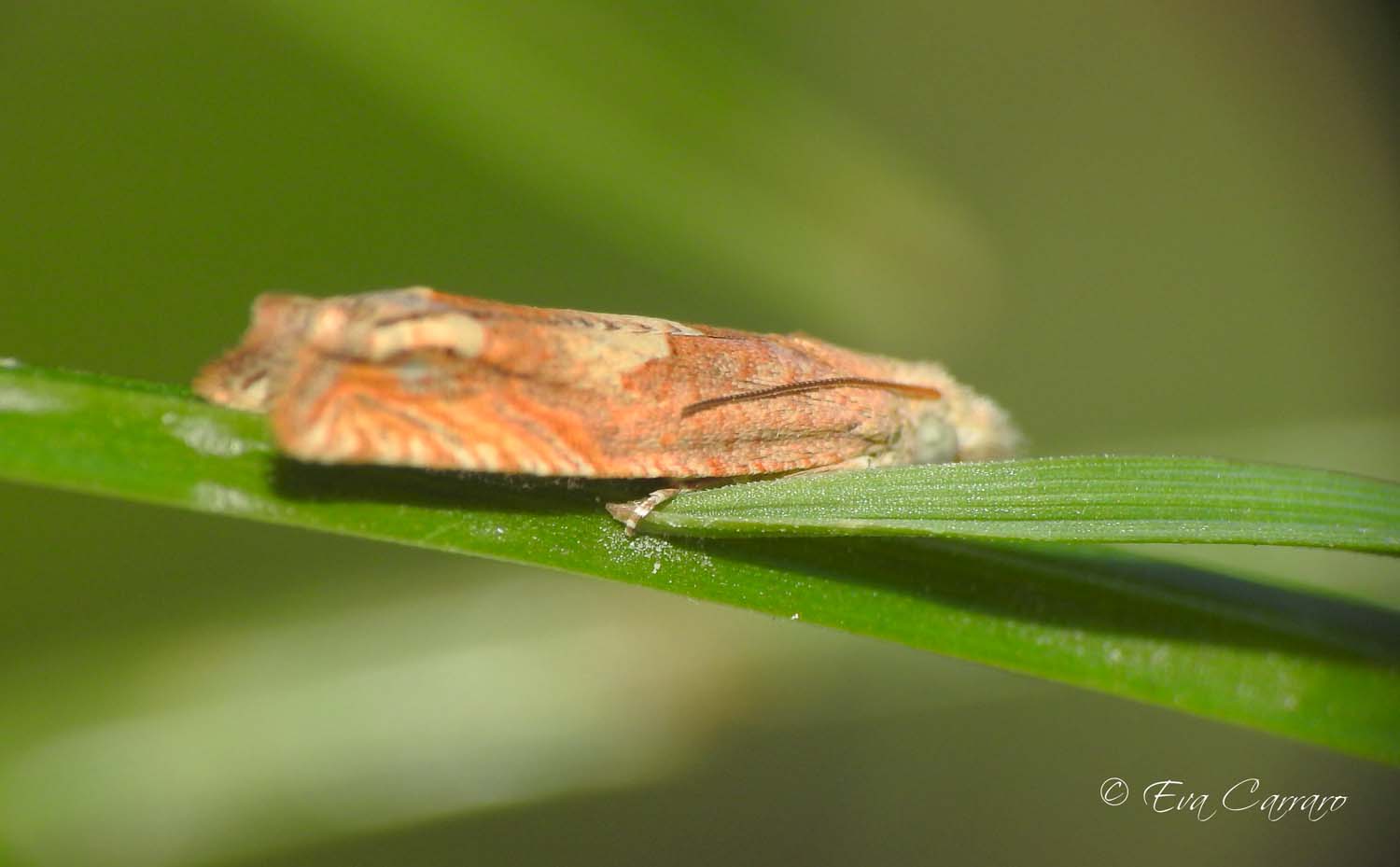
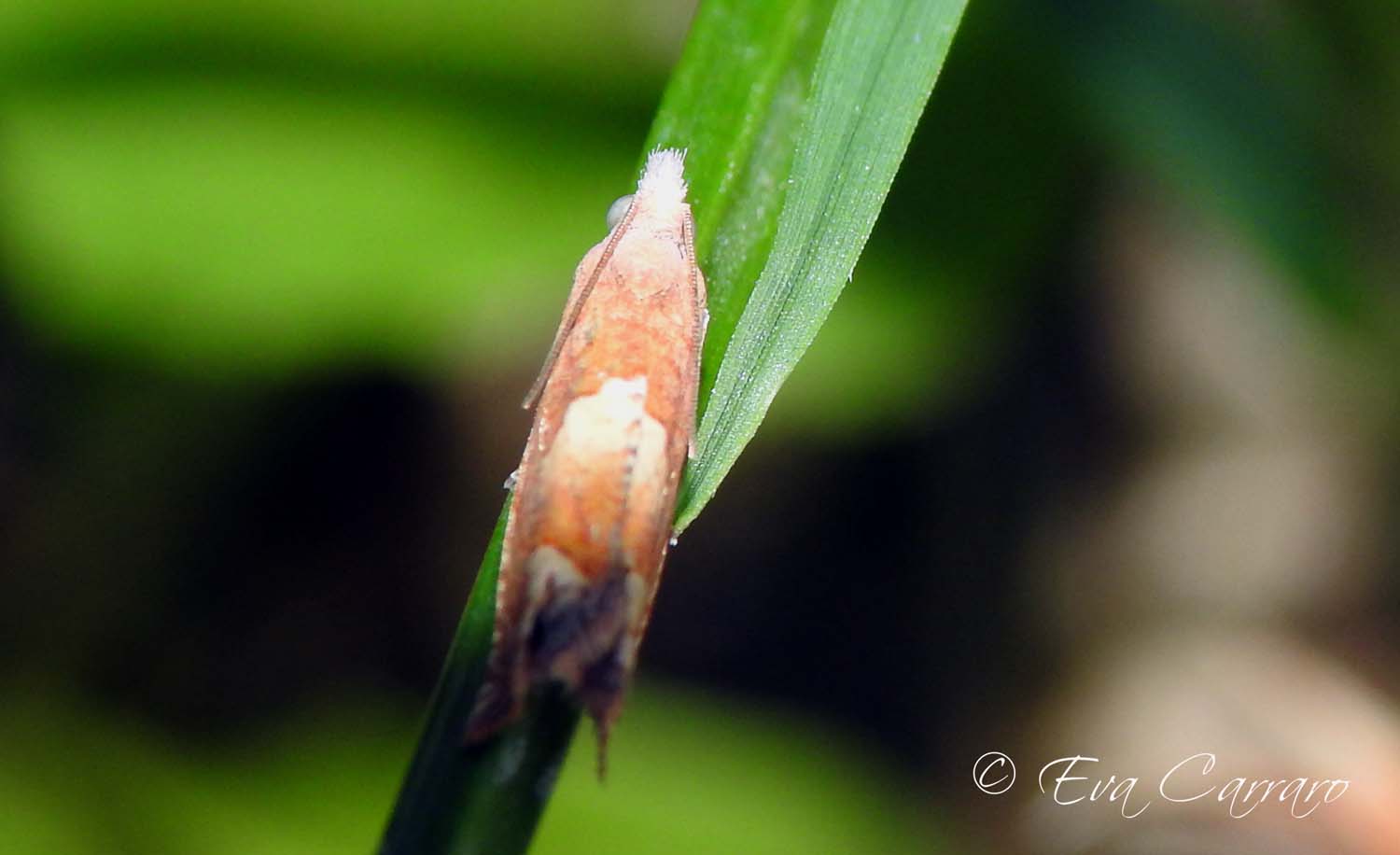
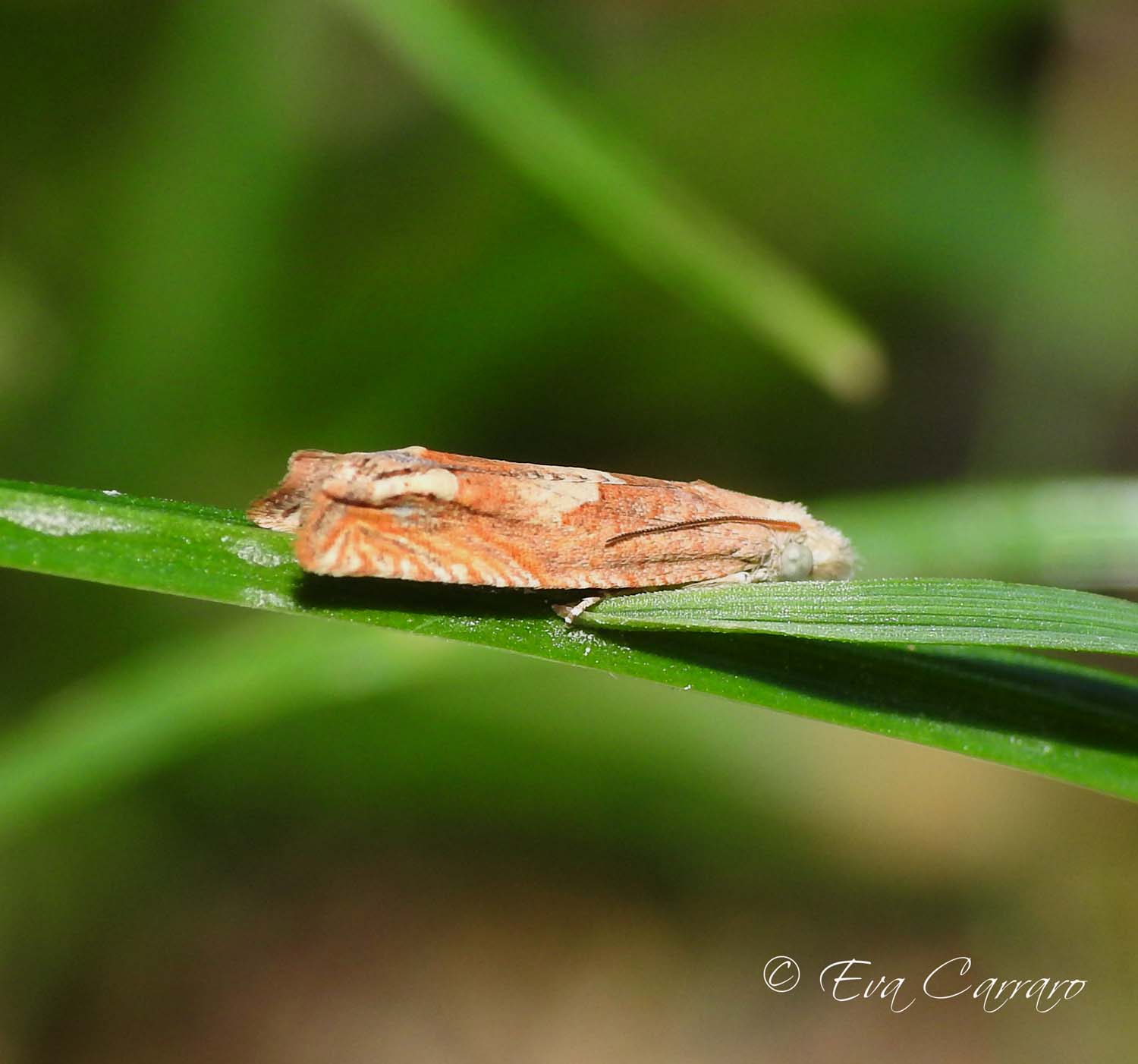
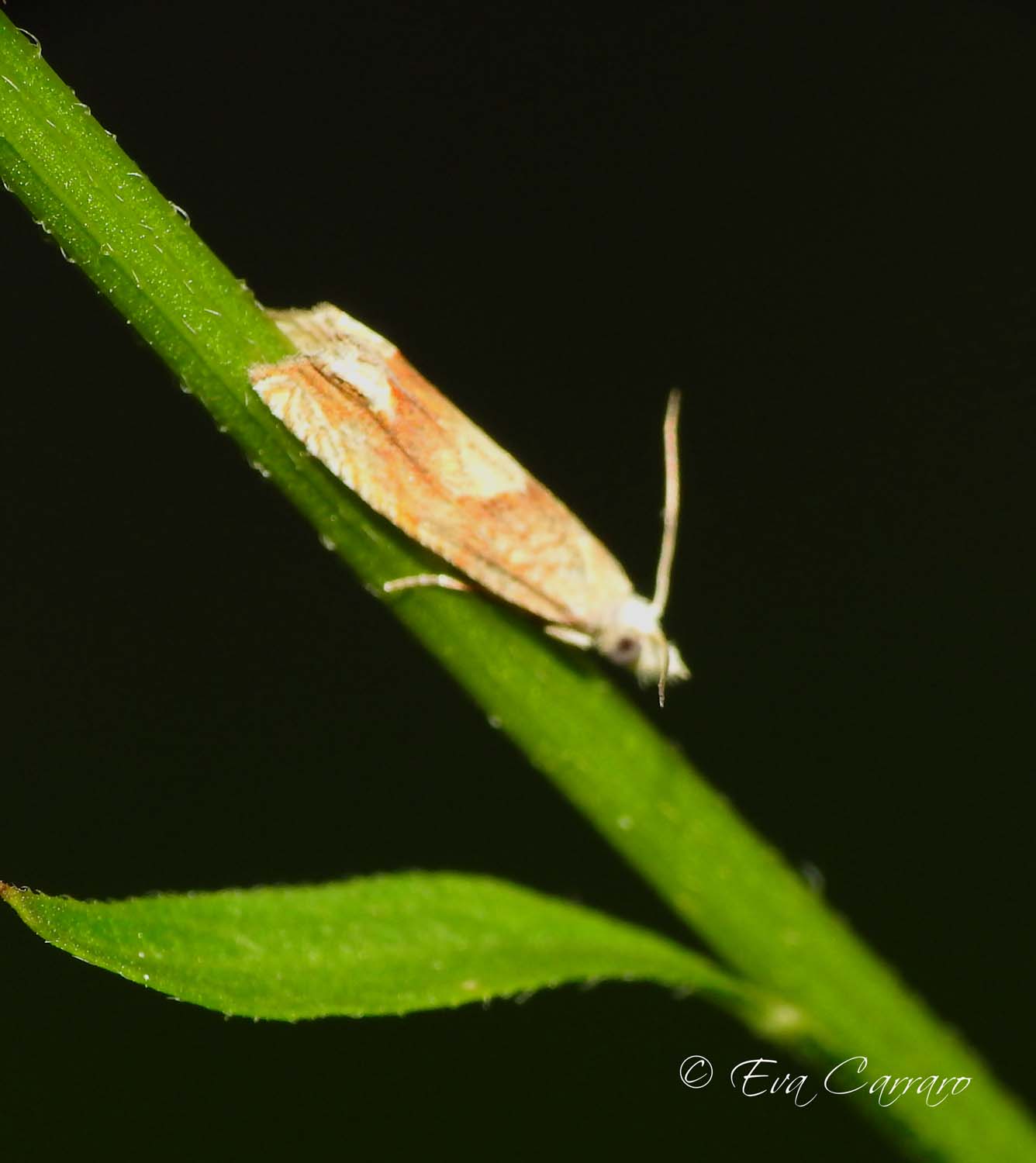
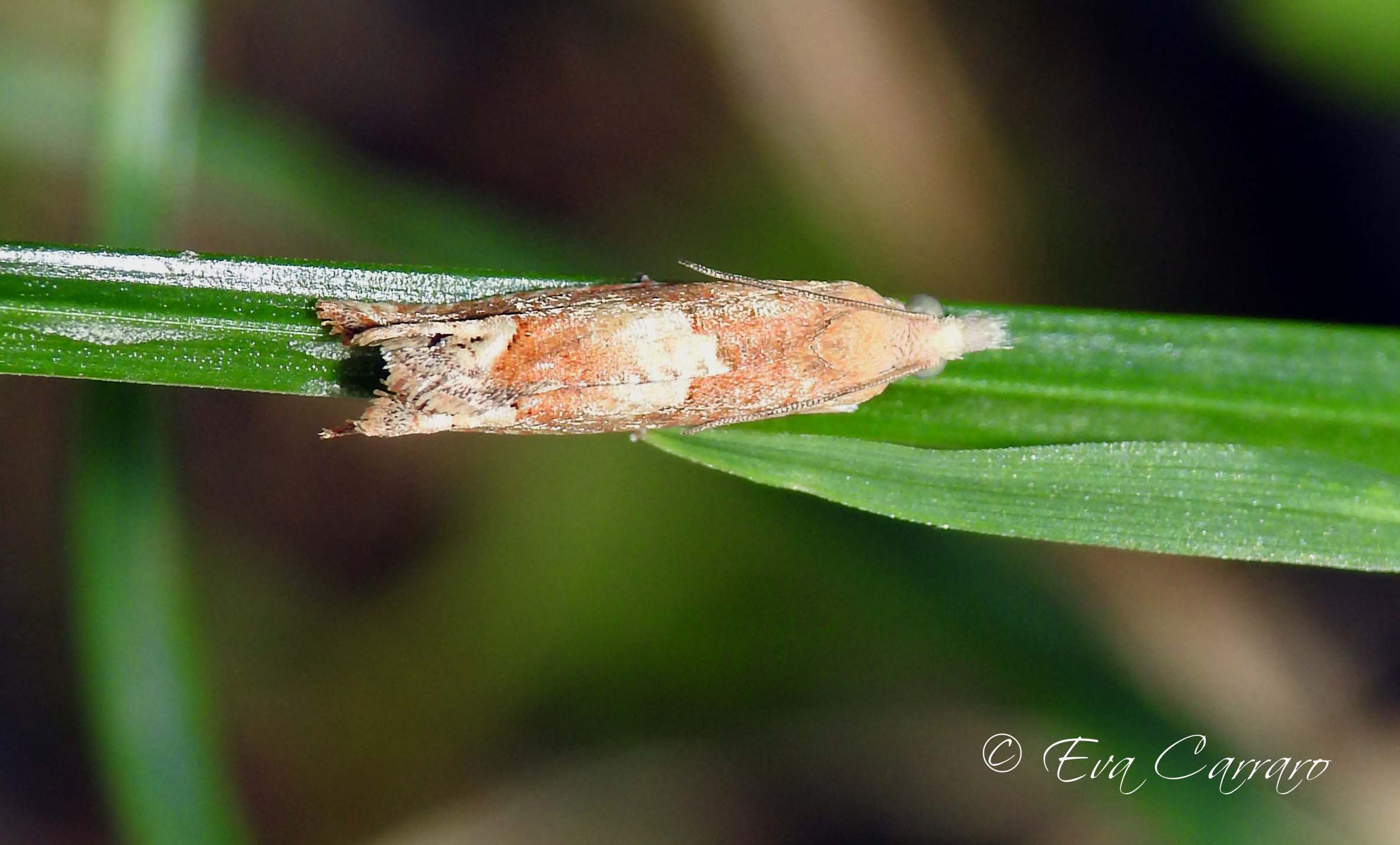

 EN
EN ITA
ITA
Social and publications